By Rich Heidorn Jr.
CHICAGO – State officials and generation owners promised last week to challenge the assumptions the Environmental Protection Agency used in its proposed carbon emission rule, saying the agency’s cost calculations are too low and its projections for energy efficiency and generator performance too high.
The EPA’s proposed rule was the subject of two panel discussions at last week’s annual meeting of the Organization of PJM States Inc. (OPSI). Members debated whether the EPA has authority to impose emission restrictions “beyond the fence line” of generating plants, discussed the role of PJM and other RTOs in leading a regional compliance effort, and agreed on the need for a reliability “safety valve.”
The costs of compliance was also a recurrent theme. (See related story, Va. SCC Staff Blasts EPA Carbon Rule.)
West Virginia Consumer Advocate Jackie Roberts said the EPA’s estimate that the regulations will increase rates by only one-half cent per kWh are not credible. “I’m having trouble accepting that,” she said. “The costs of the program are going to be enormous.” Roberts said the costs will be regressive, falling particularly hard on the poorest in West Virginia, itself the eighth poorest state in the U.S.
Ohio Public Utility Commissioner Asim Haque said his state’s comments on the rule will include ProMod analyses that show the regulations will cost its consumers billions. “We’re going to submit what we think will be a very strong set of comments that will describe our concerns about the Clean Power Plan. We will not speculate, pontificate or spew rhetoric. We are going to provide true data that support conclusions that we can assert that will effectively work against the [EPA’s] math.”
Kentucky Public Service Commissioner James Gardner said he feared his state might be forced to shutter coal generators on which it has spent $4.5 billion in retrofits to comply with the EPA’s mercury and cross-state air pollution rules.
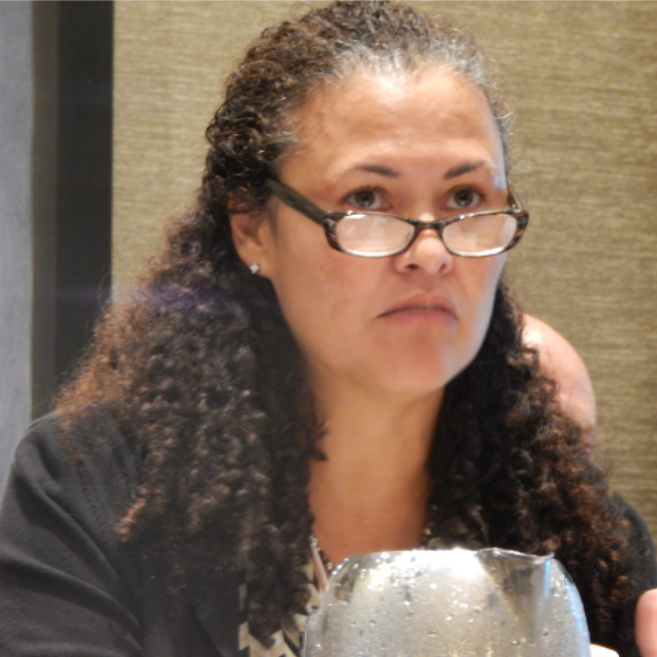
“We are living proof that a mechanism that’s based on market dynamics can work and it can work to the benefit of our ratepayers and our environment at the same time. Those are not two mutually exclusive issues,” she said.
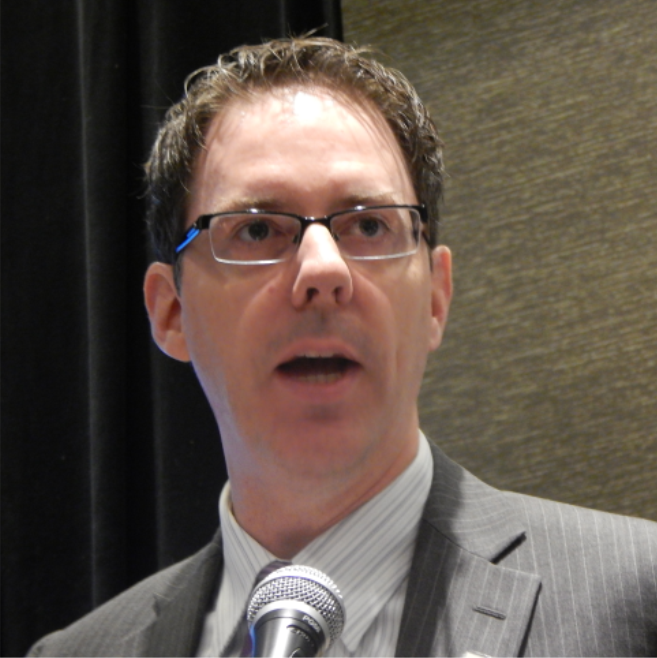
Heat Rate, Capacity Factor & Energy Efficiency
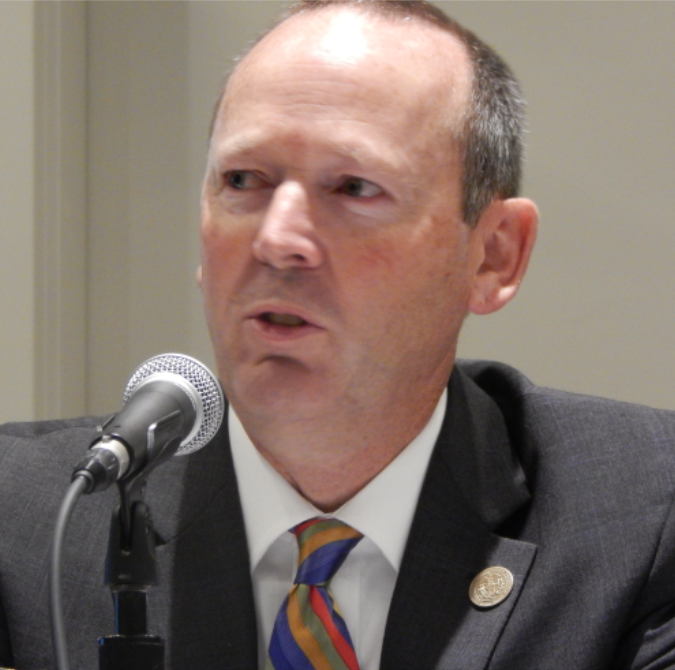
John McManus, vice president of environmental services for American Electric Power, said the industry can achieve only a 1-2% improvement in heat rates, far below the 6% the EPA assumes. “If you’re giving away 4% of your fuel price because you’re just not paying any attention, that’s not a very smart way to operate, so we think they’re very aggressive there.”
He also challenged the EPA’s assumption that gas generators can achieve 70% capacity factors. While some of AEP’s combined-cycle plants run as high as 70%, to “run all of them year after year at 70% — that’s another question,” he said.
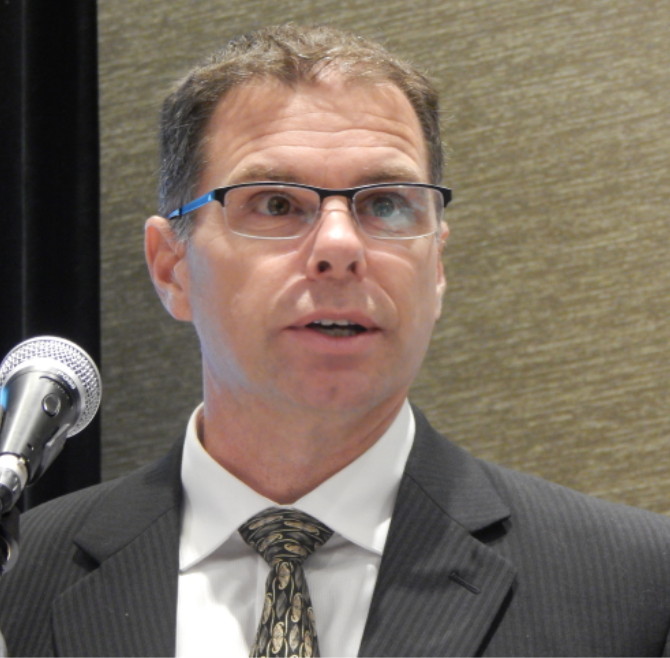
EPA Authority ‘Outside the Fence’
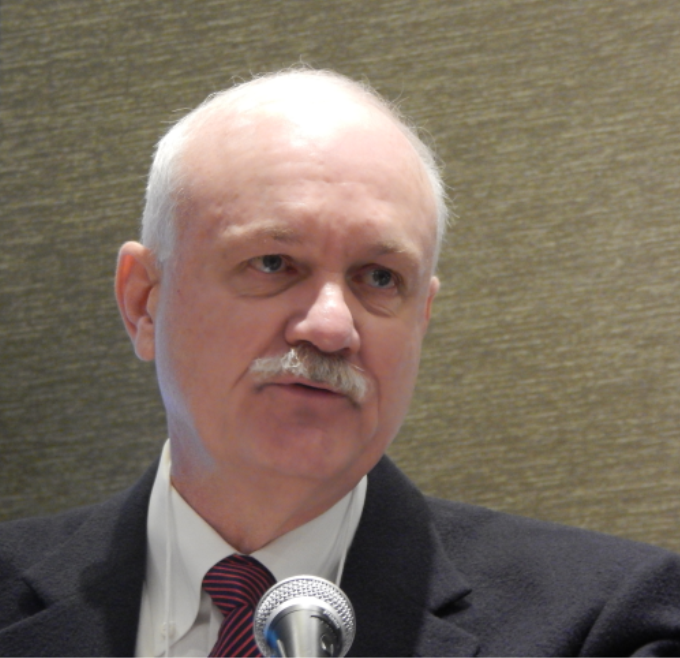
Speakes-Backman said the issue is a “false premise” for states that choose a mass-based compliance.
She noted that RGGI is limited to fossil fuel generators of 25 MW and above. “We are not going outside the fence,” she said. “But if we have energy-efficiency improvements [and] renewable energy that reduces the amount of generation from those affected units, then we’re complying.”
Start Planning for Wind
Vinson said PJM and other RTOs need to begin planning transmission for new wind generation to meet the EPA targets, saying “We know some version of carbon regulation will stand” after the anticipated court challenges, he said. “In our view, 111(d) is clearly a public policy requirement [under FERC Order 1000] that needs to be planned for,” Vinson said.
Vince Hellwig, senior policy advisor at the Michigan Department of Environmental Quality, agreed that officials need to begin planning based on the preliminary rule.
But Hellwig said that the EPA’s proposal won’t give states credit for energy efficiency until 2020. With Michigan’s RPS due to sunset in 2015, Hellwig said some have asked the legislature “why shouldn’t we wait [to renew it] until we get credit for it?”
RTOs’ Role
Hellwig said his state’s compliance is complicated because it is split between PJM and MISO. “How are we going to deal with being in two different ISOs? We don’t know yet,” he said.
Ohio’s Haque called on PJM to be proactive in recommending a path forward for its member states. “PJM has to tell states how to best manage and craft plans based on the reality of the marketplace in which we live,” he said.
“There’s no one better suited than a regional transmission organization to [determine] how that would work,” concurred Speakes-Backman.
Craig Glazer, vice president of federal government policy for PJM, said the RTO is working with other members of the ISO/RTO Council (IRC) to draft a consensus response to the rule, similar to the one that helped persuade the EPA to add a reliability “safety valve” to its Mercury and Air Toxics Standard (MATS).
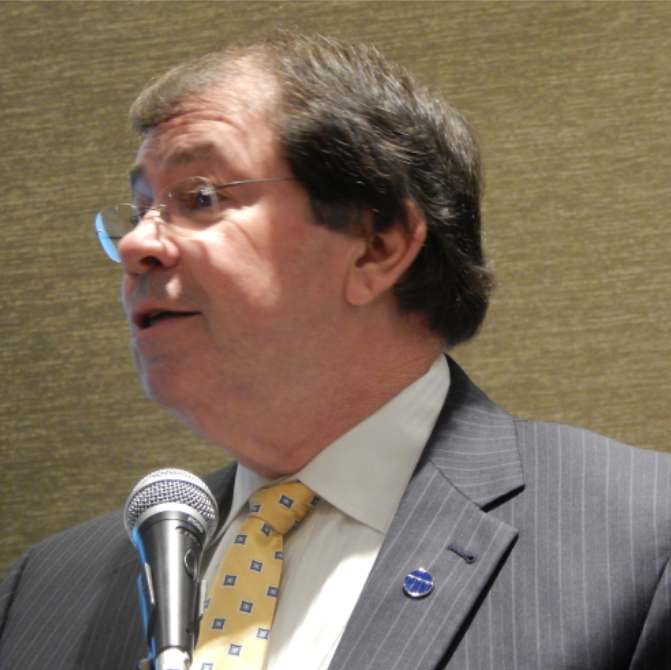
AEP’s McManus noted the emission targets don’t change after the final rule is issued next June. “That doesn’t make sense to us. There has to be an opportunity for a mid-course correction” if, for example, a state loses a nuclear plant to an extended outage.
Environmental Dispatch
State officials sparred over whether the EPA rule will require PJM to replace its security constrained economic dispatch (SCED) with “environmental dispatch.”
Ohio’s Haque said the rule is “effectively masked environmental dispatch.”
Speakes-Backman disagreed. “It wouldn’t work. That’s not what’s being proposed in the guidelines,” she said.
Glazer said PJM could use run-time limits on individual generators as a “back door” way to implement emissions rules. But he said “true environmental dispatch” – stacking units by emissions rate irrespective of cost – “is really something of a nightmare” that would threaten cost discipline and disrupt investment signals. “You’d have the reliability and environmental dispatch sort of at war with each other.”
Former Ohio Public Utility Commissioner Paul Centolella suggested a market-based solution, noting that a cap-and-trade program was able to reduce SO2 emissions for a much lower cost than most had projected.
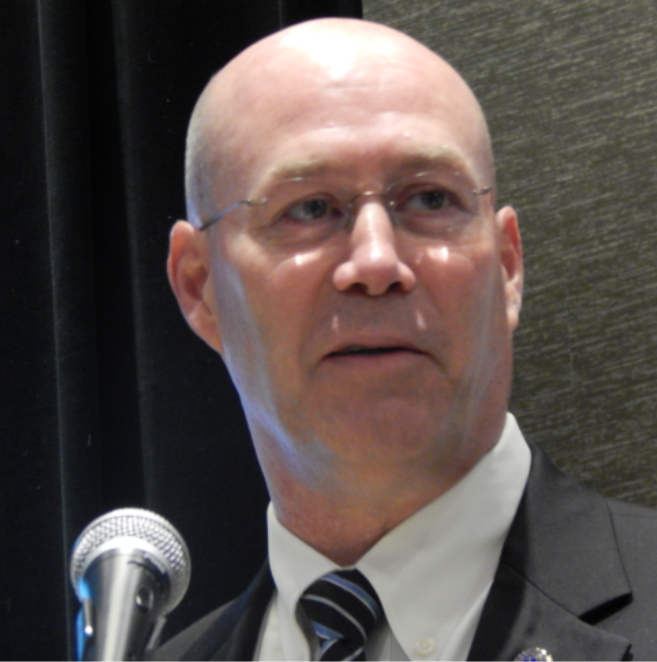
“How we get there, I have no idea,” he said. “I’m not the decision maker. Not even close to the decision maker.


